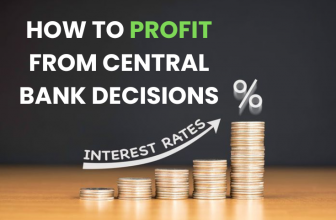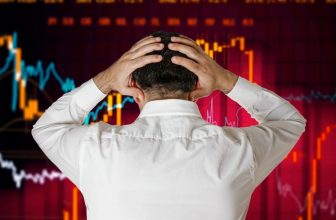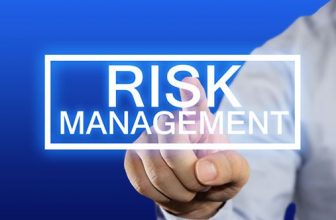
Backtesting is one of the most powerful ways to refine and validate your forex trading strategy. Without proper backtesting, traders risk entering the market blindly and losing money.
But how do you backtest correctly? In this guide, we’ll cover:
✅ What backtesting is and why it’s important
✅ Step-by-step process to backtest your strategy
✅ Common mistakes to avoid
By the end, you’ll know exactly how to test your trading strategy like a pro before using real money.
What is Backtesting in Forex Trading?
Backtesting is the process of evaluating a trading strategy using historical price data. It helps traders determine if a strategy would have been profitable in the past before applying it in live trading.
📌 Benefits of Backtesting:
- Identifies the strengths & weaknesses of a strategy
- Helps refine entry & exit rules
- Builds confidence before trading real money
- Saves time by eliminating weak strategies
🔹 Manual Backtesting → Using historical charts to test trades manually
🔹 Automated Backtesting → Using trading software like MetaTrader 4 (MT4), MetaTrader 5 (MT5), or TradingView
Step-by-Step Guide to Backtesting Your Forex Strategy
Step 1: Define Your Trading Strategy
Before testing, you need a clear strategy with rules:
✅ Trading style: Scalping, day trading, swing trading
✅ Timeframe: 1-minute, 15-minute, 1-hour, daily charts
✅ Indicators used: Moving Averages, RSI, MACD, etc.
✅ Entry & exit rules: When to enter and close trades
✅ Risk management: Stop-loss, take-profit, and position sizing
📌 Example:
- Strategy: Moving Average Crossover
- Timeframe: 1-hour
- Entry Rule: Buy when the 50-period MA crosses above the 200-period MA
- Exit Rule: Close trade when price moves 20 pips in profit
Step 2: Choose a Backtesting Platform
To backtest effectively, use a forex trading platform with historical price data.
Best Platforms for Backtesting:
📌 MetaTrader 4 & 5 (MT4/MT5) – Free with a strategy tester feature
📌 TradingView – Great for manual backtesting
📌 Excel Spreadsheet – For tracking manual backtesting results
Step 3: Collect Historical Data
To get accurate results, use historical price data for your chosen currency pair.
✅ Major Pairs to Backtest:
- EURUSD – Most liquid forex pair
- GBPUSD – High volatility
- XAUUSD (Gold) – Best for trend trading
- USDJPY – Popular for scalping
- EURGBP – Good for ranging markets
Step 4: Start Backtesting
🔹 Manual Backtesting:
- Open historical charts on MT4, MT5, or TradingView
- Scroll back and apply your strategy rules
- Track entry points, stop-loss, take-profit, and results
🔹 Automated Backtesting:
- Use the Strategy Tester feature on MT4/MT5
- Run the strategy using historical price data
- Analyze the profit/loss ratio, win rate, and drawdowns
Step 5: Analyze Your Results
📌 Key Metrics to Check:
✅ Win Rate (%) → How many trades were profitable?
✅ Risk-to-Reward Ratio → Was the profit bigger than the loss?
✅ Drawdown (%) → Maximum loss during backtesting
✅ Average Holding Time → How long do trades stay open?
✅ Profit Factor → Total profit divided by total loss
Step 6: Optimize Your Strategy
After analyzing your results, make adjustments to improve your trading performance.
🚀 Ways to Optimize:
✅ Adjust entry & exit rules for better timing
✅ Improve risk management by adjusting stop-loss levels
✅ Try different timeframes (e.g., switch from 1-hour to 4-hour)
✅ Avoid over-optimization – Keep the strategy simple
Common Backtesting Mistakes to Avoid
🚫 Using too little data – Test over at least 6-12 months of historical data
🚫 Ignoring transaction costs – Factor in spread & commission
🚫 Cherry-picking trades – Test every setup, not just the best-looking ones
🚫 Forgetting risk management – Always track stop-loss & position sizing
Final Thoughts
Backtesting is a critical step in forex trading success. By testing your strategy before trading live, you can eliminate weak strategies, refine your edge, and increase profitability.
✅ Want proven forex strategies?






